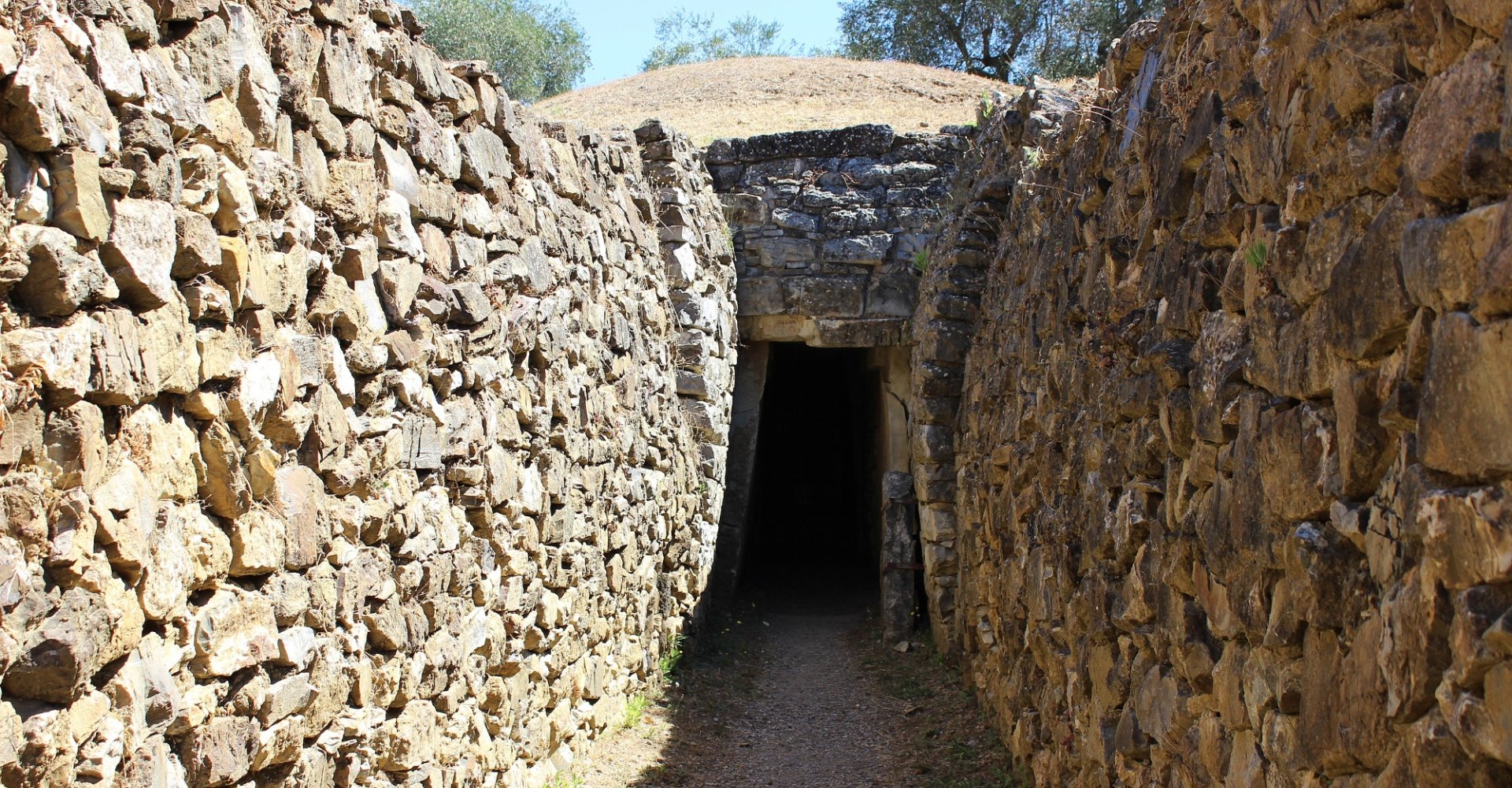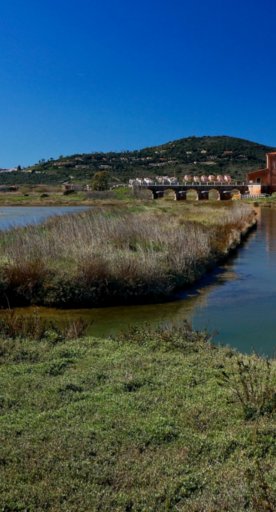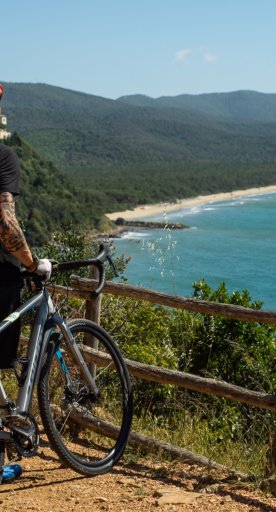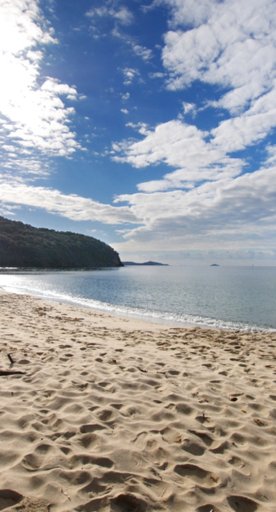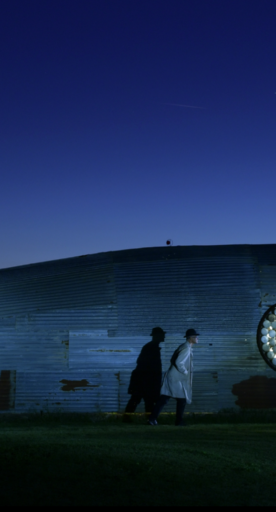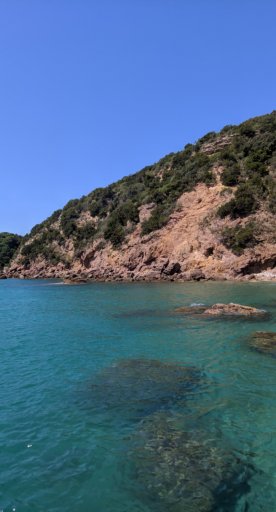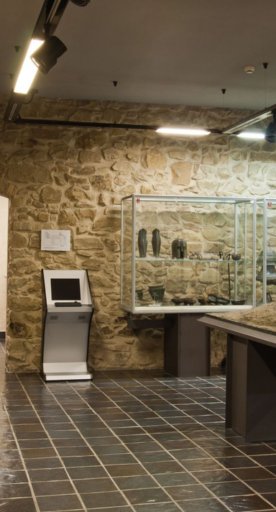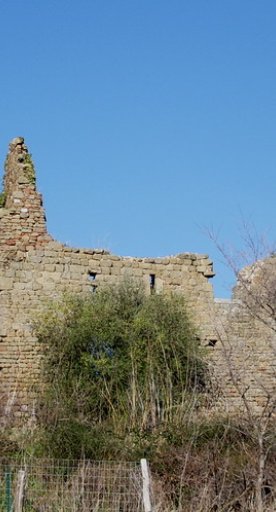Archaeological Area of Vetulonia
An itinerary between urban excavations and the Via dei Sepolcri
Vetulonia is today a charming village in the municipality of Castiglione della Pescaia, but in ancient times it was Vatluna, one of the most important Etruscan cities. Rediscovered in the late 19th century thanks to archaeological research conducted by Isidoro Falchi, the findings confirmed the wealth of this Etruscan center, whose prosperity was based on the exploitation of the area's rich mineral basins.
The city dominated Lake Prile, which allowed direct access to the sea, favoring trade with other Etruscan cities and other Mediterranean populations, as evidenced by some 'exotic' imported products found in grave goods. It saw its greatest development in the 7th century BC, in the following century it was surrounded by Cyclopean walls and began its decline in the second half of the 1st century BC.
At the highest part of the town you can see about 30 meters of the mighty walls called the Arce Walls after the sacred area they supported (Arce) located at the top of the acropolis and where a large temple probably stood.

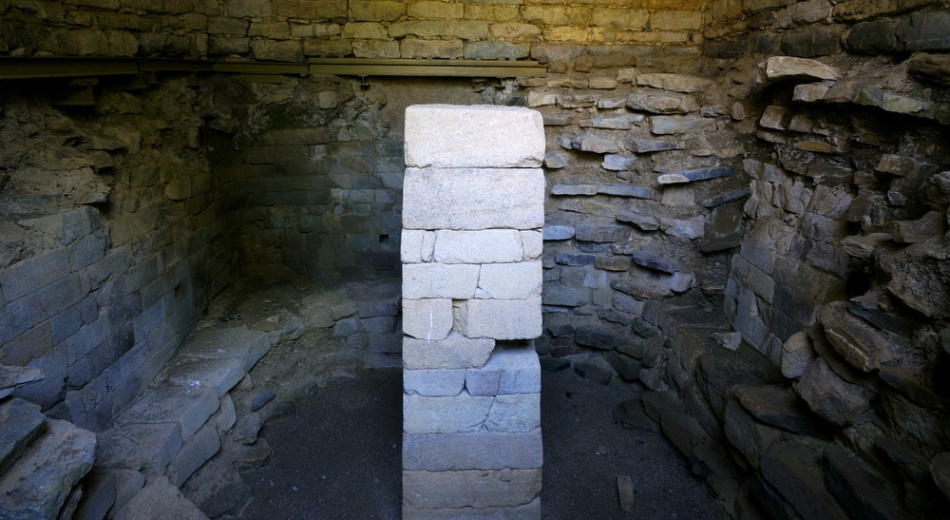
Not far from the town center we can reach the Archaeological Areas where we find traces of the Roman conquest and peaceful coexistence between the two peoples, which led to the birth of new residential neighborhoods such as the Archaeological Areas of Poggiarello Renzetti-Scavi Città and Costa Murata.
In the area of Poggiarello Renzetti we can walk along a section of the important Via Decumana on which the main commercial activities of the neighborhood overlooked. Going up the paved street toward the Poggio we can reach Casa Medea, among the most beautiful aristocratic houses of the time thanks also to a splendid courtyard decorated with terracotta slabs that tell us the Greek myth of the love revenge of this powerful sorceress.
Further on we find the great Domus dei Dolia with its large rooms with luxurious floors (now covered for conservation reasons) and the remains of large walls frescoed in the vibrant colors of Roman tradition. The family that owned it must have been very wealthy, given the marble furnishings and precious bronze objects that have been found, and the well-stocked storerooms with food storage jars. The remains of other domus can be visited in the Archaeological Area of Costa Murata.
Moving away from the town we reach the necropolis of Vetulonia, one of the largest and best known, whose burial grounds extend on both the eastern and western slopes of the hillocks to the plain below, in a countryside rich in olive groves and scrub vegetation. Along the path of the "Via dei Sepolcri" one encounters several monumental tombs including the Tomba del Belvedere, the Tomba della Pietrera, which represents the largest funerary monument in Vetulonia, and the coeval Tomb of the Diavolino II, which is accessed by walking along a long corridor that is partly uncovered.
Valuable artifacts found throughout the archaeological area over the centuries, such as the terracotta slabs that decorated the courtyard of Casa Medea, are on display at the Isidoro Falchi Civic Archaeological Museum in Vetulonia.
